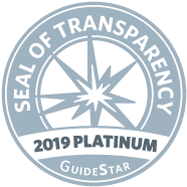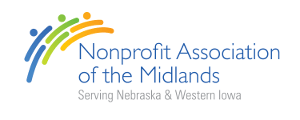A Reflection of Me: Finding the Black Panther in Children’s Books
T’Challa, king of the flourishing and technologically advanced nation of Wakanda originally appeared in a Marvel Fantastic Four comic in 1966. His character’s evolution has been adapted into a book for young readers too, but most notably the film based on his superhero alter ego, Black Panther, made one heck of a splash in theaters this month grossing the most of any other Marvel film in its opening weekend and claiming the spot for the biggest February film debut to-date.
The movie continues to garner an unprecedented amount of praise for its nearly all-black cast who depict powerful, proud, and complex Wakandan characters working to preserve their nation and leadership.
Despite deep-rooted issues in our country around skin color and our history of slavery, as well as the movie industry’s aversion to films featuring black characters with depth, Black Panther prevailed and stole the top spot. It’s a huge accomplishment for black stars and directors in the movie industry, which like the publishing industry is led by white executives who often overlook stories that are non-white.
Last blog we discussed the lack of diversity in the children’s lit scene, but this go around let’s focus on black, African-American and African depictions in children’s stories – we’ll share some great reads at the end, too!
Repercussions of lacking black representation in books
The Cooperative Children’s Book Center (CCBC) just released their publishing stats for 2017 where they reviewed 3,700 books.
Of those books, 122 (3.2%) were written by black authors and 340 (9.1%) were about black people.
On a positive but still disappointing note these numbers are up from 2016, but the biggest problem is the discrepancy between books about black people and books actually written by them. It is not to say that someone from a different background cannot include people of color in their stories BUT stories written about people of color by someone who can’t fully understand that perspective often promote stereotypes or don’t accurately depict their experiences.
Take the book A Fine Dessert for example, which focuses on the dessert “blackberry fool” and families making it in different time periods. Before being released reviewers loved the story – School Library Journal described it as “simply delectable.”
It was eventually met with harsh criticism though because it sugarcoated slavery, earning the description “slavery with a smile.” Being a slave, having no freedoms and being owned by someone else, was not fun. The characters in the book would have literally been risking their lives to simply, as the book describes, “lick the bowl clean” after preparing this dessert.
These issues are found at every level in the publishing industry where only 4% of the entire workforce identifies as black or African American.
If you break it down by different roles within the industry only 2% of executives, 2% of editorial staff, 3% of the sales department, 3% of marketing and publishers, and 1% of book reviewers identified as black/African American.
Books that are written by or about people of color still face many obstacles even after they are picked up by a publishing house, often for unfounded reasons.
Young Adult author Justine Larbalestier described a situation with the marketing team working on her book as they tried to change the cover. She recalls being told “black covers don’t sell” which is why they wanted to put a white girl on her book’s cover, even though the main character was a black girl. She hopes that more representation in books will lead to debunking this narrative that “black covers don’t sell” and people begin to see these stories are just as important and interesting to read.
And as we saw with Black Panther, “black covers” do sell, incredibly well in fact.
Game Changers in Children’s Lit
- Jacqueline Woodson is an influential, award-winning black author who through both her stories and by working with different communities is showing children the power books have and how they can drive change. She was awarded the Wilder Award in 2018 which is given to an author or illustrator who has made “a substantial and lasting contribution to literature for children.” She was also recently named Ambassador For Young People’s Literature where she will travel the country speaking to different populations about literature and the impact it can have.
- Agate Bolden is an imprint of Agate publishing that publishes “intelligent, accessible, and thought-provoking fiction and nonfiction by African American writers.” They also publish Bolden Lives and Denene Millner Books which focus on African American stories.
- Marley Dias and the #1000blackgirlbooks campaign. First off, Marley is just awesome. She’s now 13 years old and is an author, public speaker, and was named one of Forbes’ 30 under 30 at just 10 years old (Yes you read that right — a 4th grader!). Frustrated at the lack of books with female, black characters, she created a campaign to find 1000 books with characters that looked like her. She believes that “black girl books are not just for black girls; they are for all children because not all black girl stories are the same.” She wants to see more diverse books collections in schools and libraries where a majority of children do their reading.
There are so many more amazing people and organizations that can go on this list but no one wants to read a blog that long (and I can already be long-winded!). What we need to keep in mind though is that we cannot just rely on others to promote diverse books. Everyone needs to work toward building diverse book collections so every child can see themselves in stories, and to prove that diverse books sell and people are interested in what makes us all different.
You only have your shelf to blame if you don’t read these books
I could write a whole additional blog post on amazing stories of black or African Americans who changed history and fought for their rights. Those stories are amazing and incredibly important, but they also get the most press and are read most in schools, often because they are easy to tie into the curriculum.
The following books do not feature stories of Martin Luther King, Malcolm X, or Rosa Parks: Not because they are not important, but because I wanted to show books where a reader can see someone who looks like them (or doesn’t) in everyday settings.
Award-winning children’s books:
There are a lot of awards out there for children’s literature that recognize the hard work of authors and illustrators as well as the impact their books have on children. Teachers and librarians often gravitate toward award-winning books because when you see a medal on a book jacket you know the story underneath is going to be wonderful. These are essentially the Oscars and Golden Globes of children’s lit minus the red carpet and a lot of money:
- The Coretta Scott King Award was created in 1969 and is awarded annually to African American authors and illustrators that “demonstrate an appreciation of African American culture and universal human values.”
- The Caldecott Medal is named after 19th century illustrator Randolph Caldecott and awarded annually to the artist “of the most distinguished picture book.” – AKA the dopest picture book of the year.
- The Newbery Award is named after 18th century British bookseller John Newbery who is thought of as the father of children’s literature. It is awarded annually to the author of the “most distinguished contribution to American literature for children.”
For the award-winning titles below, many books and authors have received all of these awards or have been on best-selling book lists.
Award-winning picture books
Sorry, photo gallery is empty.
1. Crown: An Ode to the Fresh Cut by Derrick Barnes, illustrated by Gordon C James. A young boy walks into a barbershop to get his hair cut but what he leaves with is not only a great new hairstyle but an unmatched confidence that carries him to greater things.
2.Hey Black Child written by Useni Eugene Perkins and illustrated by Bryan Collier. The “story” of this book is actually a beautiful poem written by Useni that is brought to life by the illustrations. The book celebrates black children and inspires them to dream big and see their potential in life.
3. Last Stop on Market Street written by Matt de la Peña and illustrated by Christian Robinson. CJ and his grandma ride the bus across town every Sunday after church and he asks many questions about why their life is the way it is. Each time his grandma shows him the beauty in their world and the routine they share the way any grandparent can.
Other great children’s books:
Sorry, photo gallery is empty.
1. Did I Tell You I Love You Today? written by Deloris and Rosyln M. Jordan and illustrated by Shane W. Evans. A simple story of a mother’s love and the different ways love can be shown to someone, especially from a parent to their child. The book makes readers think about the way they express their feelings toward the ones they love and make sure they take the time to do so.
2. Jabari Jumps written and illustrated by Gaia Cornwall. This story of casual diversity features Jabari, a young black boy who has finished swimming lessons and is ready to jump off the diving board. As he watches other kids take their turns he waits with his dad and sister. He gets nervous but takes the plunge even though he was scared. This book carries more significance than other books of casual diversity because studies have show 70% of African Americans don’t know how to swim and the fatal-drowning rate of black children is 3 times higher than it is for white children.
3. The Word Collector written and illustrated by Peter H. Reynolds. People collect many different things but Jerome collects words from the people and world around him and discovers their magic. The Word Collector features a very diverse cast of characters with Jerome, a black boy, as the star, and allows children of color to see themselves as learners and understand the power of a good vocabulary.
4. Mae Among the Stars written by Roda Ahmed and illustrated by Stasia Burrington. The book is inspired by the story of Mae Jemison, the first African American woman in space, though it is not a biography of her life. Roda uses her story as inspiration to readers to dream big and work hard to achieve them.
5. Princess Cupcake Jones written by Ylleya Fields and illustrated by Michael LaDuca. Princess Cupcake Jones is a modern day princess and the star of her own book series. She tackles all the issues a princess might face like losing her tutu, not wanting to go to school, and finding the Queen’s (her mom’s) secret wardrobe. Princess Cupcake Jones was created out of Fields’ frustration over finding books with African American characters for her daughters. A mix of their personalities is the inspiration for Princess Cupcake Jones. Oh, and Fields lives in the one and only CLEVELAND, OHIO!
Award-winning Young Adult books:
Sorry, photo gallery is empty.
1. Brown Girl Dreaming by Jacqueline Woodson. Woodson beautifully captures what it was like to grow up as an African American in the 1960s being raised in both South Carolina and New York. Her story is told through poems that are emotional and powerful and allow you to connect with her and what she was feeling.
2. Piecing Me Together by Renée Watson. An incredible story describing the life of Jade and wanting to be successful while feeling the only way to do so is to get out of her poor neighborhood. The book follows her as she tries to find her voice and power instead of being seen as someone people need to “help” or “fix” because of where she is from.
3. The Crossover by Kwame Alexander. The book focuses on twin brothers Josh and Jordan who are stars on the basketball court and have always been there for each other. It is written in verse which only makes the story of two brothers who are drifting apart for the first time seem more intimate and personal.
Hi! My name is Emilee Armbruster and I currently serve as a Program Improvement Engineer at DIBS. I am originally from Ohio and studied Early Childhood Education at Xavier University (Go X!). I feel passionately about educational equity as well as Cleveland sports, Xavier basketball, cute dogs, Fiona the hippo and cooking!
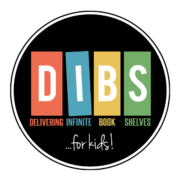
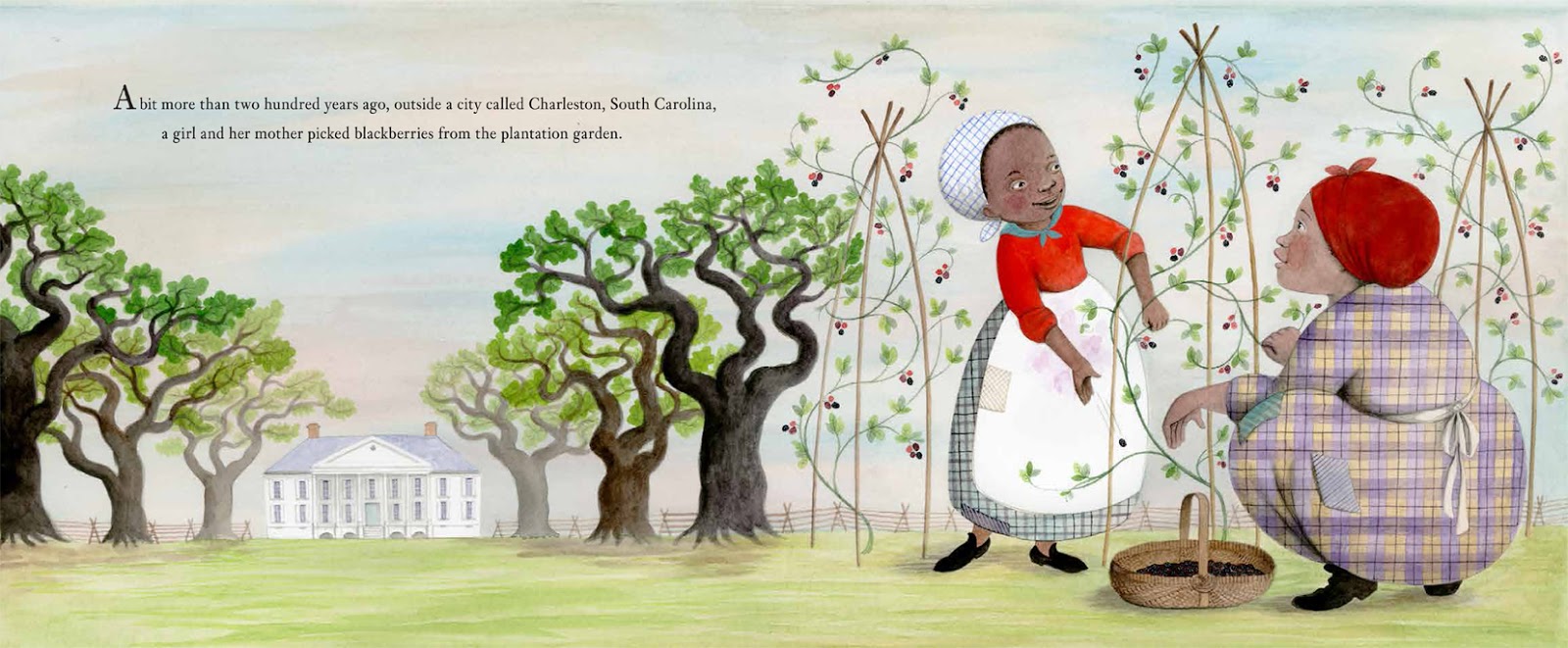
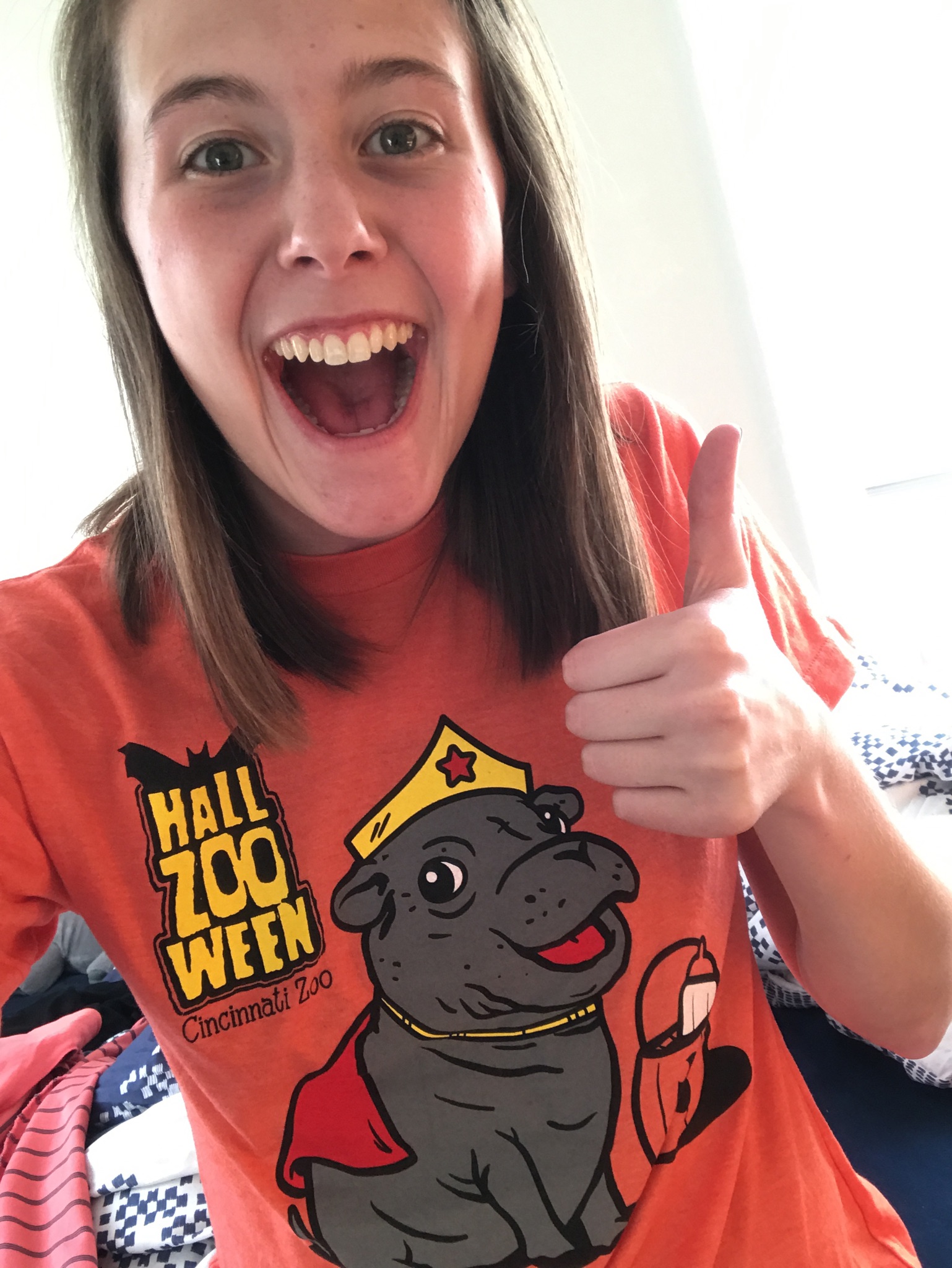
 Previous Post
Previous Post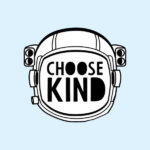 Next Post
Next Post